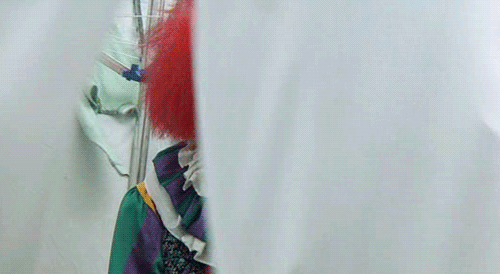It

As I sat reading in the park today, basking in the glorious sunshine of one of London’s fabled hot summer days, I suddenly realised that I was in the wrong environment. Stephen King’s gargantuan horror epic, It, is not a book for blue skies and warm weather. It’s a book for grey, oppressive stormy skies and sewers filled with our worst nightmares. I left the park, went home, shut the curtains, and settled in for the climactic finale.
It is the second Stephen King novel I’ve read after The Stand. Anyone who’s read my review of that novel will know that I loved it completely, ranking it among my favourite books of all time; as a result, it was always going to be a hard act to follow.
The plot of the It takes place in the fictional American city of Derry, and concerns the terrible child-killing monster that lives there, and seven friends (calling themselves The Losers Club) who come together to fight it. The monster, known as It, is a shape shifting being that takes the form of its victim’s worst fears (Like a more terrible version of the Boggart from Harry Potter). It most often takes the form of a malicious wisecracking clown called Pennywise. The story is split between two timelines; that of the seven characters returning to Derry as adults, and another in the form of flashbacks to their childhoods.

The theme of the story revolves primarily around the divide between childhood and adulthood. It’s about parental relationships, blossoming sexuality and the power of imagination. I find it difficult to remember what life was like as a child without lense of adulthood distorting it. I tend to remember experiences or sensations; I’d struggle to remember any complete conversations that I had with my friends when I was 11. Stephen King generally does a good job in It, though the children sometimes seem a little too charismatic and self-aware. The morality of most of the characters is also very black and white. As a result, I never felt as attached to anyone here in the same way I did with The Stand.
It is a long, big book. So big I may even have developed back problems from lugging it to and from work every day. It’s length is a weakness as well as a strength. On the positive side, there’s plenty of space interesting subplots and backstory that add richness and depth to the mythology of the book. King brings the township of Derry expertly to life. The writing is heavy with symbolism, and I thoroughly enjoy watching as beautiful little details in the writing led (eventually) to worthwhile conclusions later in the novel.
On the negative side, the plot seems to fall into a repeating pattern that becomes a little tedious. Because there are seven main characters of equal importance, the book takes it in turns to give them all their own sections for backstory, and their own encounters with It. After a while, especially during the midsection of the novel, I felt a little like I was just going through the motions. The writing picks up considerably in the final act.
Overall, the book is a mixed bag. It’s sad, it’s kind of grim, and it goes on too long. However the overarching plot is great, entwining Alien threat with the struggles of childhood in a way that’s both beautifully nostalgic and original. It is a powerful, if inconsistent read that requires patience to complete, but it’s one that rewards in the end.








